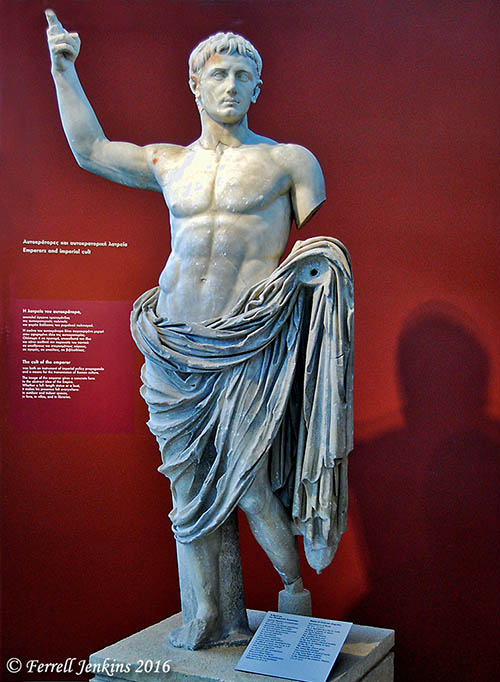From the time I was a child I recall the song “Bringing in the Sheaves” by Knowles Shaw. I see it was written in 1874, already an old song when I first sang it. I really miss the old songs. Some song leaders seem to forget that it is the repetition of songs that allows the children to learn them – just like they recall all of the TV jingles. Here are the words, now in public domain.
- Sowing in the morning, sowing seeds of kindness,
Sowing in the noontide and the dewy eve;
Waiting for the harvest, and the time of reaping,
We shall come rejoicing, bringing in the sheaves.- Refrain:
Bringing in the sheaves, bringing in the sheaves,
We shall come rejoicing, bringing in the sheaves;
Bringing in the sheaves, bringing in the sheaves,
We shall come rejoicing, bringing in the sheaves.
- Refrain:
- Sowing in the sunshine, sowing in the shadows,
Fearing neither clouds nor winter’s chilling breeze;
By and by the harvest, and the labor ended,
We shall come rejoicing, bringing in the sheaves. - Going forth with weeping, sowing for the Master,
Though the loss sustained our spirit often grieves;
When our weeping’s over, He will bid us welcome,
We shall come rejoicing, bringing in the sheaves.
The meaning is clear. We continue to do kind deeds when times are good and when they are bad. Eventually “we shall come rejoicing, bringing in the sheaves.”
What are sheaves, and what is the basis of this encouraging song?
Perhaps the author recalled young Joseph’s dream of binding sheaves in the field when his sheaf stood upright and the sheaves of the brothers gathered around it and bowed down (Genesis 37:7).
Or, maybe it was the experience of Ruth gathering the left over grain among the sheaves in the field of Boaz at Bethlehem (Ruth 2:7, 15).
It seems that Shaw knew the words of Psalm 126:6.
He who goes out weeping, bearing the seed for sowing, shall come home with shouts of joy, bringing his sheaves with him. (Psalm 126:6 ESV)
Toward the end of May last year, in the vicinity of Samaria, we saw sheaves in the field ready to be brought in for storage and use for the remainder of the year.
If you click on this photo and look carefully at the larger image you will see that the sheaves have been bound to hold them together.
I fear that many of our folks today just dismiss the older songs that have themes they don’t readily understand. If we use this as an excuse, it is a reflection on our knowledge of the Bible. Perhaps its time to learn.
Bertha Spafford Vester explains how the early American Colony residents of Jerusalem made a living by engaging in various projects from weaving cloth to growing wheat. She recounts an interesting story about cutting grain and binding sheaves.
Our Swedish and American farmers had tilled these bits of ground so well that there was evidence of excellent crops. Some Orthodox Jews came to inspect the wheat and offered us a higher than usual price for it to make matzoth (unleavened bread) for their Feast of the Passover on condition that we harvested it under their supervision. We agreed.
We had no machinery; it was harvested by hand. One stipulation they made was that we should not begin work until the sun had risen and dried any moisture from dew fallen during the night. After breakfast we all went out to work in the field, our Jewish overseers keeping watch. As our custom was when working, washing dishes, or over the washtub, or at any other task, we sang hymns. So now we started in the harvest field. Singing helped the work, which went with a swing. But we were not allowed to sing by these Orthodox Jews. Peradventure a bit of moisture might fall from our mouths and cause fermentation. It would no longer be unleavened. So we gathered the sheaves silently. (Our Jerusalem, 190-191)
Are you sowing seeds of kindness?
HT: Timeless Truths for lyrics info.
















You must be logged in to post a comment.